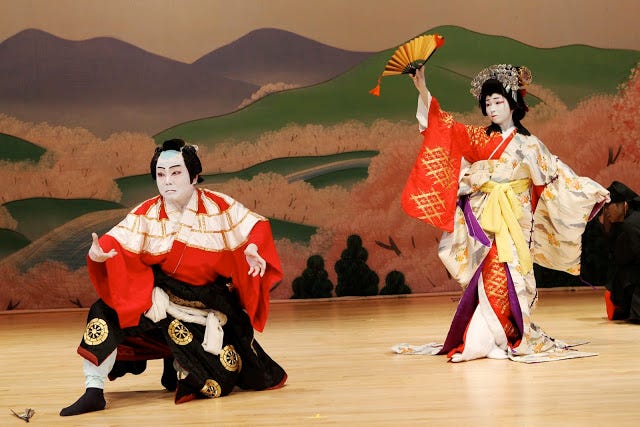Dance and Movement: A Journey of the Body, Mind, and Spirit
Dance: More Than Movement, A Celebration of Life
Dance is more than just movement; it's a vibrant celebration of life. Whether you're twirling to a joyful tune or moving rhythmically to express deep emotions, dance has always been a powerful form of creative expression. From ancient rituals to modern performances, dance has played a significant role in human societies, connecting us to our cultural roots and bringing us closer to our inner selves.
The Science Behind Dance
Dancing has scientifically proven benefits that boost our mood and improve overall well-being. When we dance, our bodies release a flood of happy hormones, like endorphins, that make us feel good. It's no wonder that dancing is often associated with joy and celebration. So, the next time you're feeling down, just remember what Bob Marley said:
"Forget your troubles and dance."
Cultural and Traditional Significance
Throughout history, dance has been deeply intertwined with cultural identity. Each tradition carries its own story and significance. Example, Ghoomar dance of India, Fandango of Spain, Kabuki dance of Japan.
These dance forms are a way to pass down traditions and keep cultures alive for future generations. In many spiritual traditions, dancing is seen as a way to connect with the divine. Rituals, prayers, and meditation often incorporate dance as a means of expressing a deep connection with the spiritual world. It’s a practice that transcends words and speaks directly to the soul.
The Physical Benefits of Dance

Dance is a fantastic cardio workout. When you dance, you engage your entire body, exercising your Heart, Lungs, Muscles, Joints.
It tests your balance, muscle strength, and coordination, all while keeping you active and energized. Plus, dancing is great for toning your body and improving your posture. It’s a full-body workout that doesn’t even feel like exercise at all!
Mental and Emotional Well-being
Dance is also a powerful tool for mental health. It helps reduce stress, distracts from negative thoughts, and boosts mental well-being. As Martha Graham famously said:
"Dance is a song of the body. Either of joy or pain."
Through dance, you can express emotions that words often fail to capture, bringing you closer to your soul and helping you process feelings in a healthy way. It can:
- Increase Self-Confidence
- Reduce Sadness
- Create a Sense of Fulfillment
Dance is also recognized as a form of therapy. Dance/movement therapy (DMT) is defined by the American Dance Therapy Association as the psychotherapeutic use of movement to promote emotional, social, cognitive, and physical integration.
Dance and the Chakras

In Hindu philosophy, the human body is viewed as a vessel of spiritual energy, with Chakras, or energy centers, that can be activated through practices like dance. By engaging in rhythmic movements, you can help align and balance these chakras, creating harmony between your mind, body, and spirit. Dance, therefore, becomes a meditative practice, fostering mindfulness and presence.
The Mind-Body Connection
Dance requires coordination, balance, and rhythm, which strengthen the mind-body connection. This connection improves spatial awareness, better proprioception, and physical self-awareness. As you dance, you become more attuned to your body, understanding its movements, limitations, and potential.
In conclusion, dance offers numerous benefits—joy, health, cultural connection, and spiritual expression. Whether you dance for fun, fitness, or spiritual growth, it’s a powerful way to nurture your body, mind, and spirit. Embrace the joy of dance, and let it be a part of your life.





